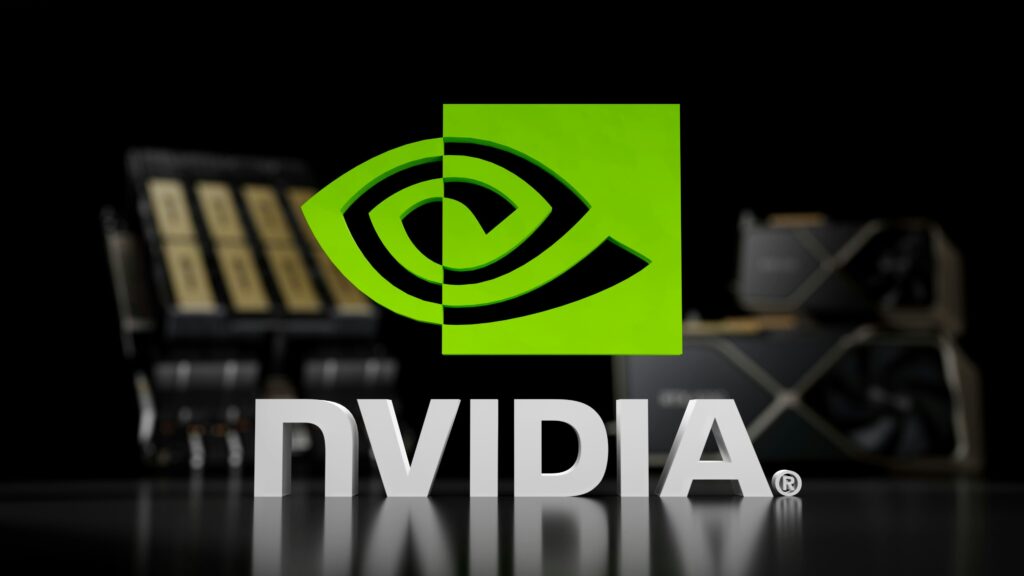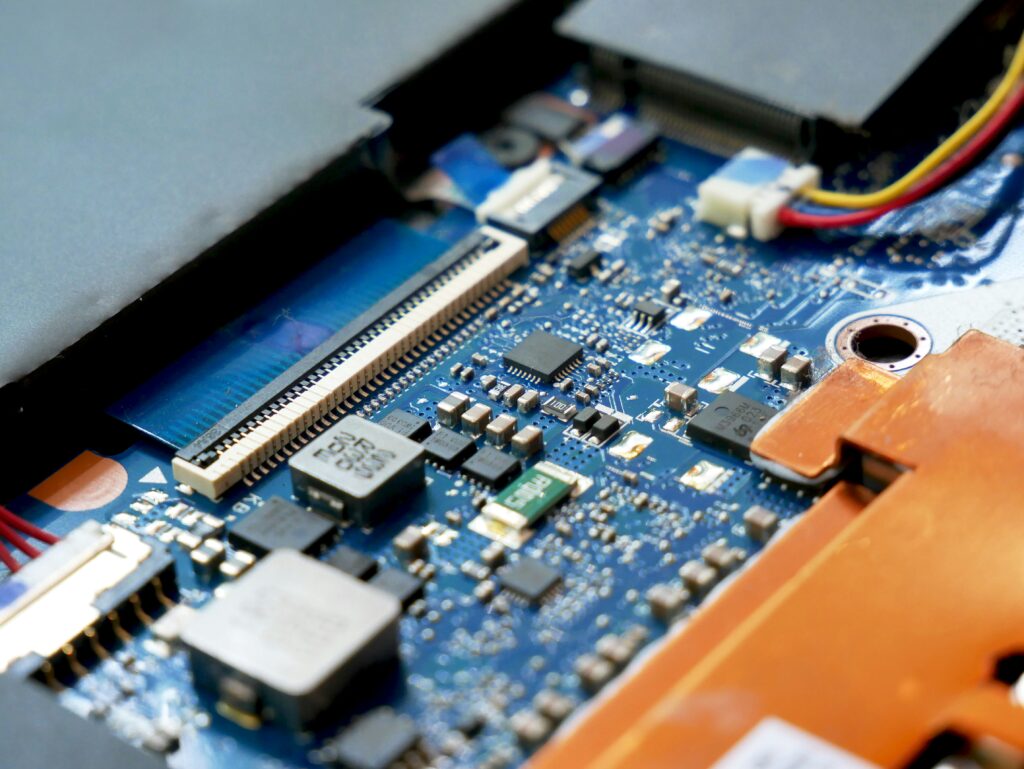Introduction
Artificial Intelligence (AI) is transforming industries, automating tasks, and reshaping job roles. As AI-powered tools like ChatGPT, Midjourney, and automated analytics platforms gain traction, product managers (PMs) are left wondering: Will AI replace product managers?
The short answer? No—but it will change how they work.
In this blog, we’ll explore:
- How AI is impacting product management
- Tasks AI can (and can’t) replace
- Why human judgment remains irreplaceable
- How PMs can leverage AI to stay ahead
- The future of AI and product management
Let’s dive in!
How AI is Changing Product Management
AI is already enhancing product management in several ways:
1. Automating Repetitive Tasks
AI excels at automating time-consuming tasks, such as:
- Data Analysis: AI tools like Tableau, Amplitude, and Google Analytics AI can process vast datasets, identify trends, and generate insights faster than humans.
- Competitive Research: AI-powered tools (e.g., Crayon, SEMrush) track competitors’ feature updates, pricing changes, and customer sentiment.
- Roadmap Prioritization: AI algorithms (like those in Aha! or Productboard) can suggest feature prioritization based on data-driven inputs.
2. Enhancing Customer Insights
AI-driven tools like:
- Sentiment Analysis (MonkeyLearn, Brandwatch) parse customer feedback at scale.
- Predictive Analytics forecast user behavior, churn risks, and feature adoption.
- AI Chatbots (Intercom, Drift) gather real-time user pain points.
3. Streamlining Documentation & Communication
- AI Writing Assistants (ChatGPT, Notion AI) help draft PRDs, user stories, and release notes.
- Meeting Summaries (Fireflies, Otter.ai) transcribe and extract key takeaways.
4. Accelerating Prototyping & Testing
- AI Design Tools (Figma AI, Uizard) generate mockups from text prompts.
- A/B Testing Automation (Optimizely, Google Optimize) uses AI to determine winning variations faster.
Can AI Fully Replace Product Managers?
While AI is powerful, it lacks key human skills required for product management:
1. Strategic Thinking & Vision
AI can analyze data but can’t set a long-term product vision. PMs must align business goals, market trends, and user needs—a task requiring intuition and creativity.
2. Emotional Intelligence (EQ)
- Stakeholder Management: Convincing executives, negotiating with engineers, and motivating teams require empathy.
- User Empathy: AI can’t truly feel user frustrations or design emotionally resonant solutions.
3. Ethical & Subjective Decision-Making
- Bias Detection: AI models can inherit biases; PMs must critically assess recommendations.
- Trade-off Decisions: Balancing speed vs. quality, short-term gains vs. long-term impact requires human judgment.
4. Cross-Functional Leadership
AI can’t:
- Resolve conflicts between engineering and marketing.
- Inspire teams with a compelling product narrative.
- Navigate company politics to secure resources.
5. Creativity & Innovation
AI generates ideas based on existing data—but breakthrough innovations (like the iPhone or Airbnb) require lateral thinking beyond patterns.
How Product Managers Can Leverage AI to Stay Irreplaceable
Instead of fearing AI, smart PMs will use it as a superpower. Here’s how:
1. Become an AI-Augmented PM
- Master AI Tools: Learn to use ChatGPT for drafting, AI analytics for insights, and automation tools for efficiency.
- Focus on High-Impact Work: Delegate repetitive tasks to AI and spend more time on strategy and leadership.
2. Strengthen “Uniquely Human” Skills
- Storytelling: Communicate vision effectively.
- Negotiation & Influence: Rally teams and stakeholders.
- Critical Thinking: Question AI-generated insights.
3. Embrace Continuous Learning
- Stay updated on AI trends in product management.
- Take courses on AI for PMs (e.g., Coursera, Udemy).
4. Use AI for Competitive Advantage
- Predict Market Shifts: AI can forecast trends before competitors notice.
- Hyper-Personalize Products: Leverage AI for dynamic user experiences.
The Future of AI and Product Management
1. AI as a Co-Pilot, Not a Replacement
AI will handle execution while PMs focus on strategy, ethics, and innovation.
2. New PM Roles Will Emerge
- AI Product Managers: Specialists in AI-driven products.
- Ethics-Focused PMs: Ensuring AI products are fair and unbiased.
3. Companies Will Demand Hybrid PMs
The best PMs will blend:
✅ Technical AI Knowledge
✅ Business Acumen
✅ Emotional Intelligence
Conclusion: AI Won’t Replace PMs—But PMs Who Use AI Will Replace Those Who Don’t
AI is a tool, not a threat. The most successful PMs will:
- Automate repetitive work with AI
- Double down on human skills (EQ, leadership, creativity)
- Stay ahead of AI trends to remain competitive
The future belongs to AI-augmented product managers—not those who resist change.
What’s your take? Will AI replace PMs, or empower them? Let’s discuss in the comments!






